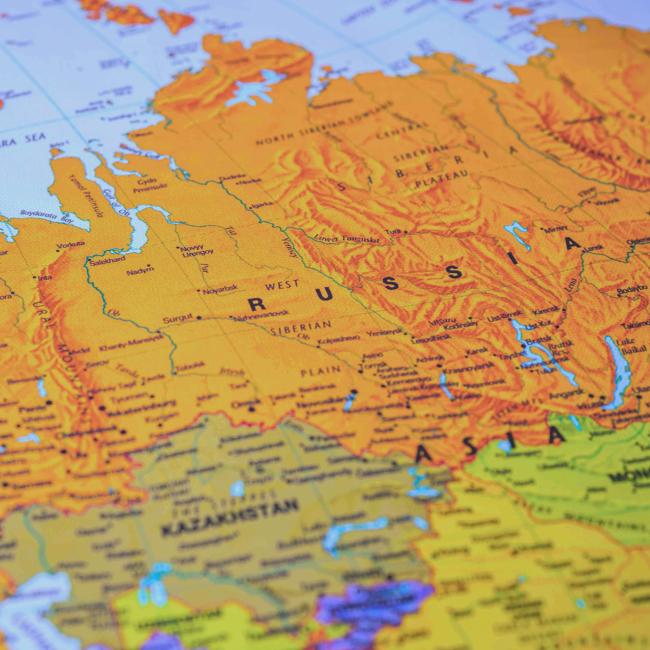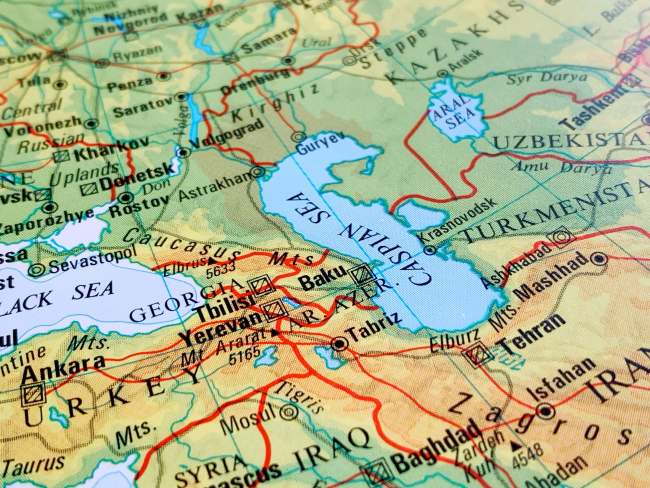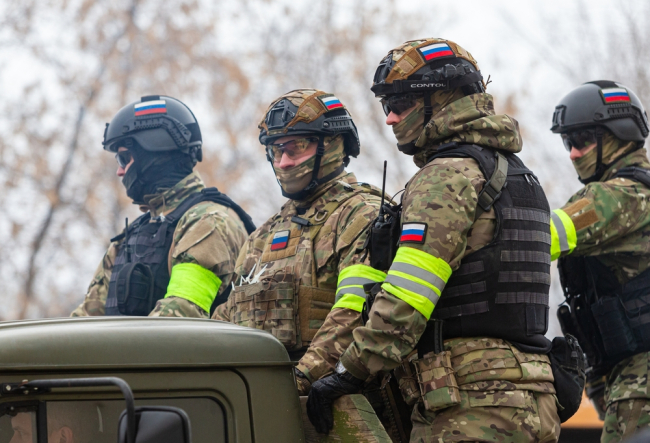Kaliningrad in the Post-Crimea Russia. A Bastion or a Weak Link?
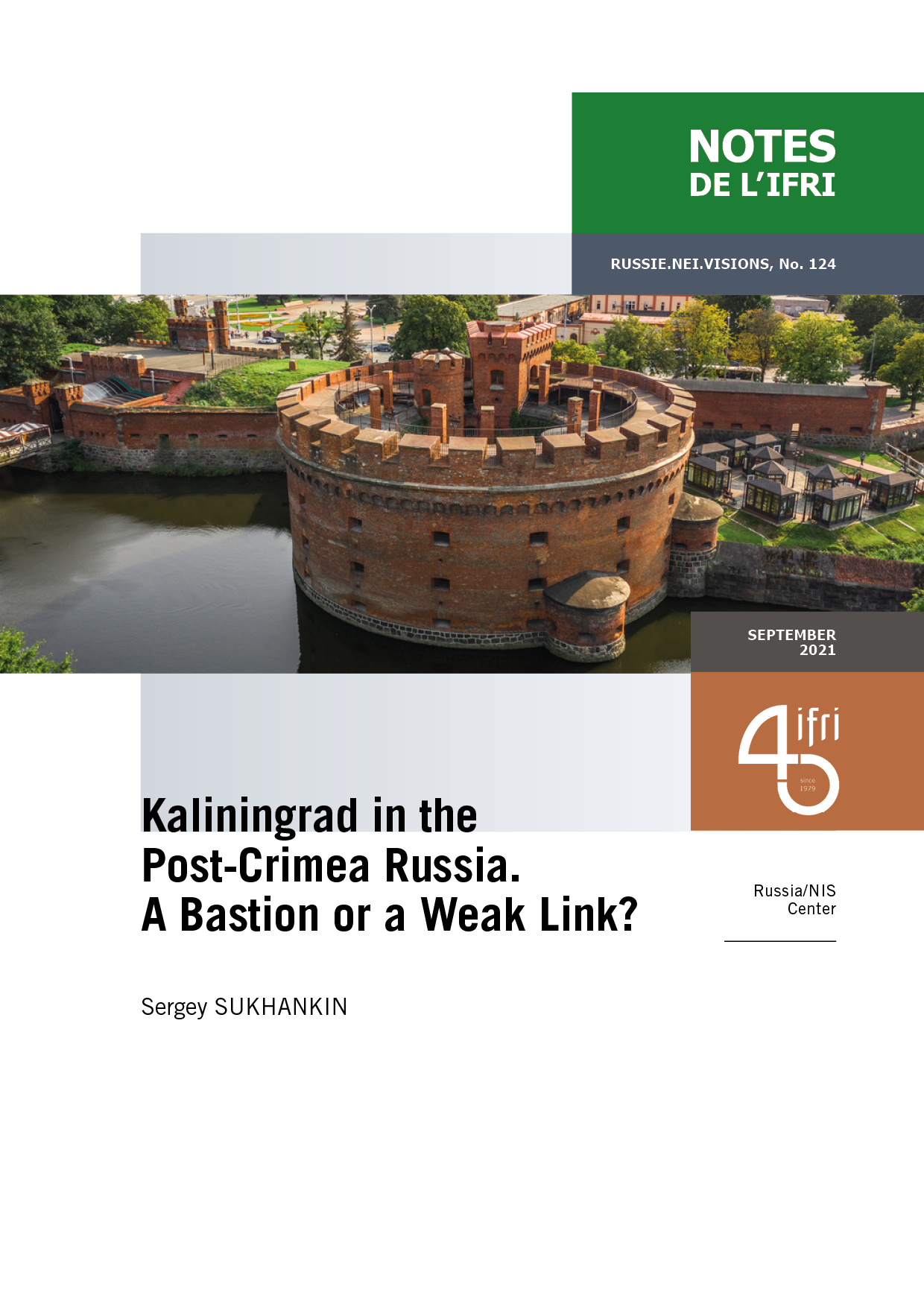
Since 2014, Russia’s policies toward Kaliningrad Oblast—its westernmost region located between Lithuania and Poland and physically cut off from Russia’s main body—have undergone notable transformation. One crucial change was the inception of a policy aimed at remilitarization, which has led toward Kaliningrad’s (re)emerging as Russia’s military bastion in the west.
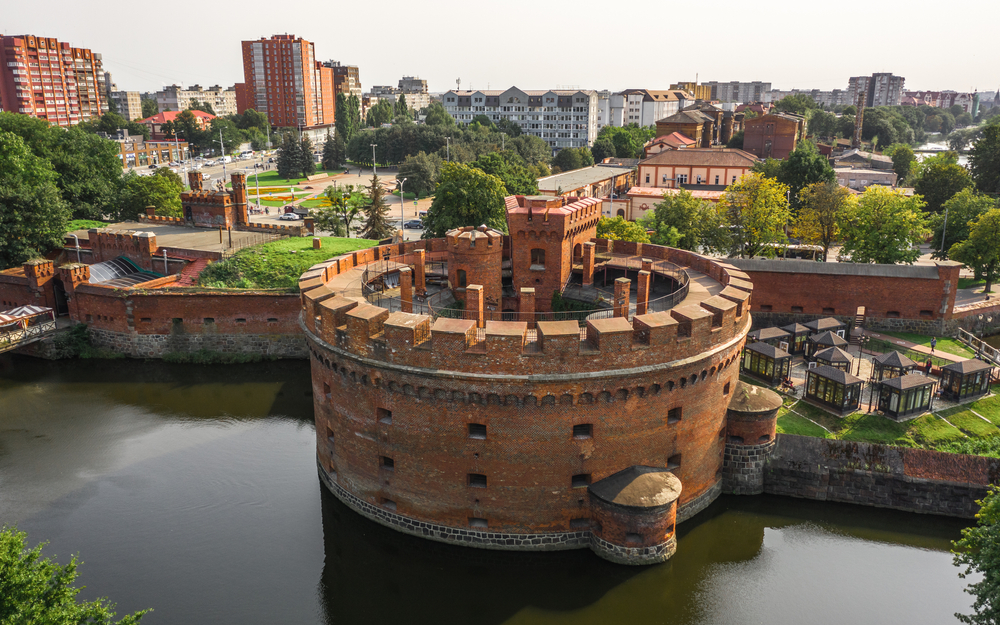
However different overall, this policy is to a certain extent reiterating Kaliningrad’s path prior to 1991 and the dissolution of the Union of Soviet Socialist Republics (USSR). At the same time, because of the “sanctions war”, Moscow has tried to decrease Kaliningrad’s strategic dependence on third countries in such critical and previously underdeveloped domains as transportation, energy, and food security.
This paper explains the logic of Russia’s behavior in pursuit of these costly and in many ways rather dangerous—in relation to the remilitarization approach—strategies. The research also strives to maintain a balanced view on successes achieved by Russia as well as its continuing weaknesses.
Dr Sergey Sukhankin is a Senior Fellow at the Jamestown Foundation and a Postdoctoral Fellow with North American and Arctic Defense and Security Network (Trent University, Canada).
This content is available in French: Kaliningrad, bastion ou maillon faible de la Russie post-Crimée ?
It is also available in Russian: Калининград: бастион или слабое звено посткрымской России?
Download the full analysis
This page contains only a summary of our work. If you would like to have access to all the information from our research on the subject, you can download the full version in PDF format.
Kaliningrad in the Post-Crimea Russia. A Bastion or a Weak Link?
Related centers and programs
Discover our other research centers and programsFind out more
Discover all our analysesThe Caspian Sea as an Emerging Energy Hub : Potentials and Limitations
This report analyzes the prospects of the Caspian Sea region — and its key actors except for Russia and Iran — becoming an important energy hub serving the needs of the European Union (EU).
The European Union's Strategic Test in Georgia
The political crisis brewing in Georgia is of an existential nature for the country. What is at stake is Georgia's future as a democratic and sovereign European nation (EU).
Commanders of Putin's Long War: Purged, Reshuffled and Disgruntled
The trend of reshuffling the Russian top military command in the course of a fast-evolving and far from successful war has progressed unevenly both across the Armed Forces’ structures and in time. The rationale for and timing of the abrupt cadre decisions made by Commander-in-Chief Putin often defy logical explanation, and the rare official clarifications are no more informative than the usual information blackout.
Russian Military Manpower After Two and a Half Years of War in Ukraine
In addition to a military victory in Ukraine, the Russian leadership is planning to build up sizable troop formations for a possible conflict with NATO in the Baltic region and the Kola Peninsula. In particular, current plans aim for the military manpower to grow by about 350,000, reaching a total of 1.5 million soldiers and commanders. In the context of the current conflict in Ukraine, this cannot be accomplished without a new wave of mass mobilization.





